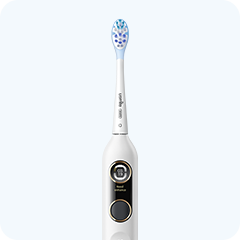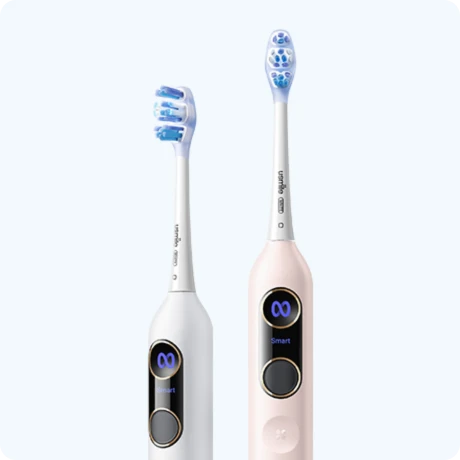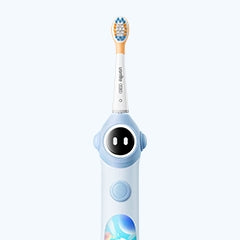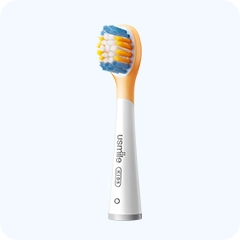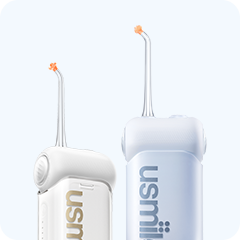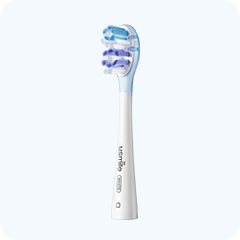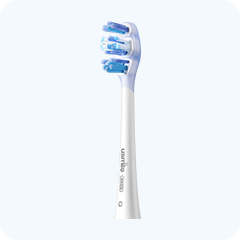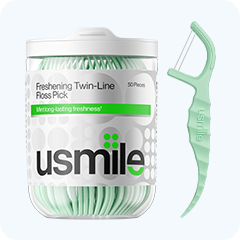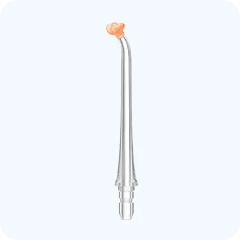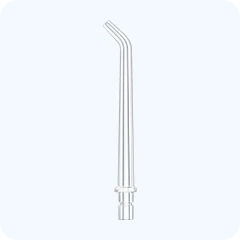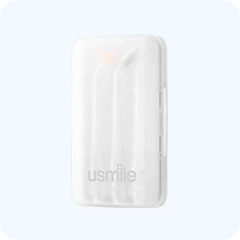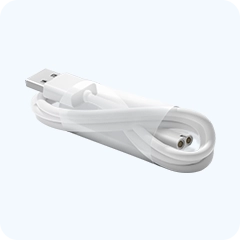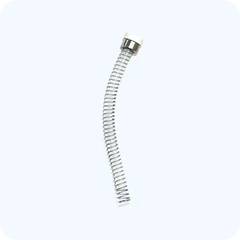1. Oral Lichen Planus (OLP)
What it is:
An inflammatory condition affecting the mucous membranes inside the mouth. It often appears as white, lacy patches or red, swollen tissues, and may cause burning or discomfort.
Why it matters:
OLP is linked to the immune system — your body may be attacking its own oral tissues. It can also increase the risk of secondary infections or, rarely, precancerous changes.
Common triggers:
What to do:
If you notice persistent redness or strange patches in your mouth, especially near the cheeks or tongue, see a dentist. Regular monitoring is essential.
2. TMJ Disorder (Temporomandibular Joint Dysfunction)
What it is:
A dysfunction of the jaw joint that causes pain when chewing, clicking or popping sounds, and even headaches or earaches.
Why it matters:
TMJ affects millions of women in North America, often triggered by stress, jaw clenching, or nighttime teeth grinding.
Common symptoms:
-
Jaw tenderness
-
Limited jaw movement
-
Facial pain
-
Popping sounds near ears
What to do:
Practice jaw relaxation techniques, manage stress, and avoid hard chewing. Severe cases may need a custom nightguard or physical therapy.
3. Oral Thrush (Candidiasis)
What it is:
A fungal infection in the mouth caused by the overgrowth of Candida albicans, a normally harmless yeast.
Why it matters:
It’s more common after antibiotic use, hormonal changes (like pregnancy), or in people with weakened immunity.
Common signs:
-
White patches on the tongue or inner cheeks
-
A cotton-like feeling in the mouth
-
Slight bleeding when scraping patches
What to do:
Use a soft-bristle toothbrush, stay hydrated, and visit a dentist if symptoms persist. Antifungal mouth rinses may be prescribed.
4. Wedge-Shaped Defects (Cervical Abrasion)
What it is:
A notching or scooped-out area at the gumline of your teeth — usually caused by brushing too hard or with the wrong technique.
Why it matters:
This damage exposes the dentin layer, leading to tooth sensitivity, weakened enamel, and eventual structural damage.
How to avoid it:
-
Use a soft-bristled electric toothbrush
-
Avoid horizontal “scrubbing” motions
-
Hold your brush at a 45° angle, gently sweeping along the gumline
5. Bruxism (Nighttime Teeth Grinding)
What it is:
Unconscious grinding or clenching of the teeth, especially during sleep. It can wear down enamel, cause jaw pain, and even crack dental restorations.
Why it matters:
Bruxism is often stress-related and goes unnoticed until damage is already done.
Warning signs:
What to do:
If you suspect bruxism, consult your dentist. They may recommend a nightguard or stress-reduction methods like meditation or sleep tracking.
🧼 Takeaway: Prevention Starts with Awareness
Even if you brush and floss daily, these "invisible threats" can still affect your oral health. Regular dental checkups, gentle brushing with the right tools, and staying informed are your best defenses.
At usmile, we’re committed to promoting long-term oral wellness through education and innovation. While this guide is purely informational, we encourage you to speak with your dental professional if you suspect any of the above symptoms.
✅ Bonus Tip: Oral Health Checklist
-
Use a soft electric toothbrush with a pressure sensor
-
Rinse with alcohol-free mouthwash
-
Limit sugar & acidic drinks
-
Get a dental checkup every 6–12 months
-
Know your risk factors — especially if you grind teeth, have autoimmune conditions, or wear orthodontic appliances
